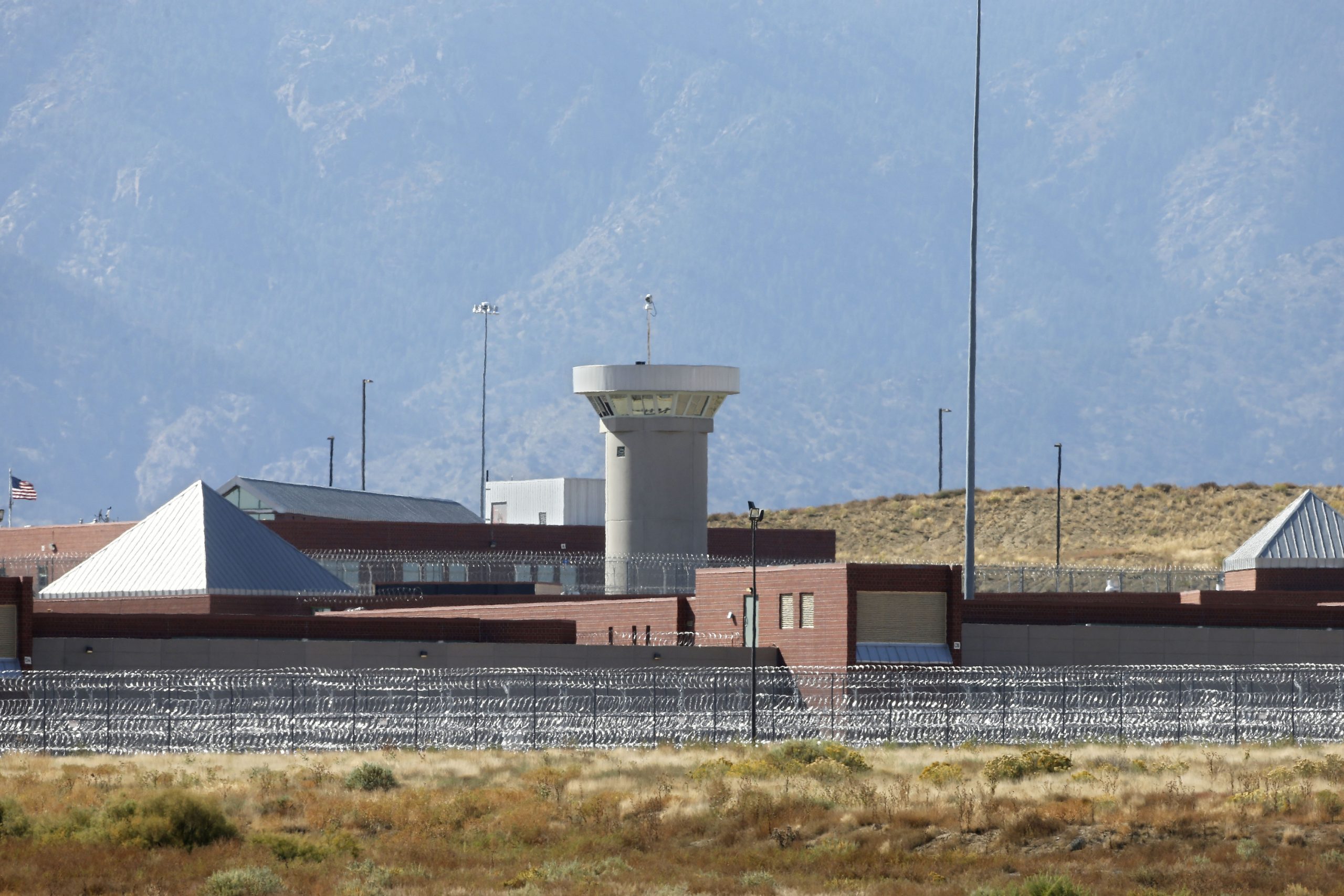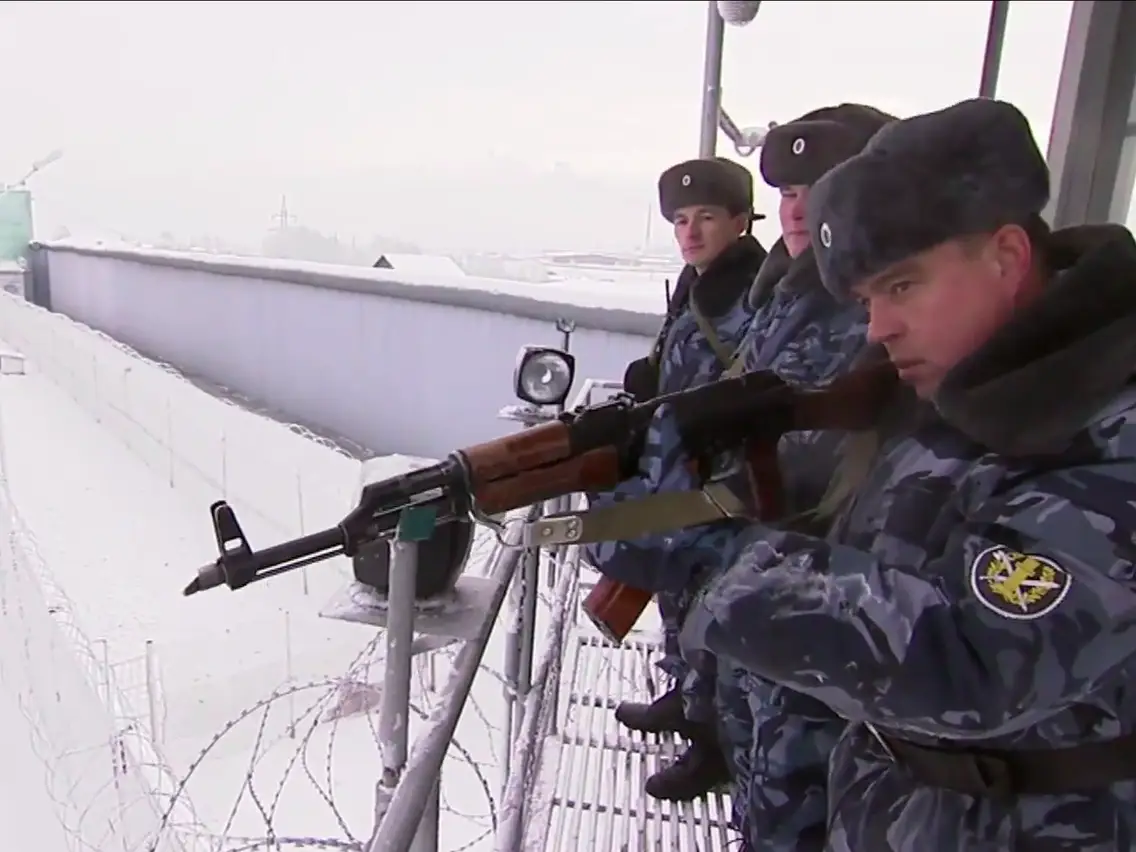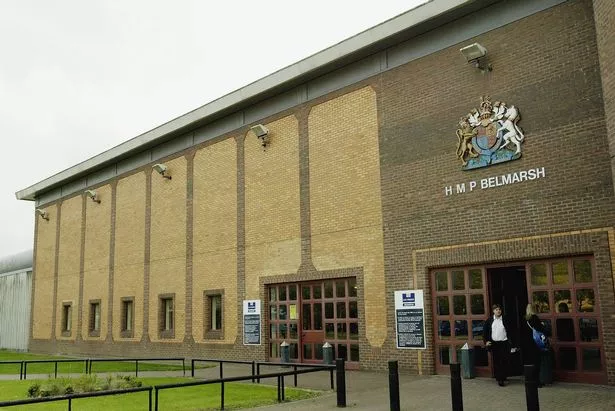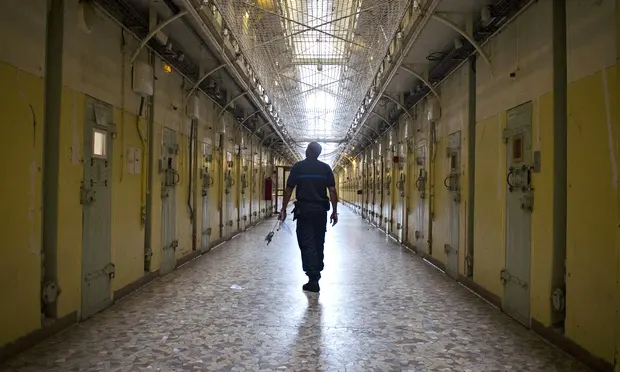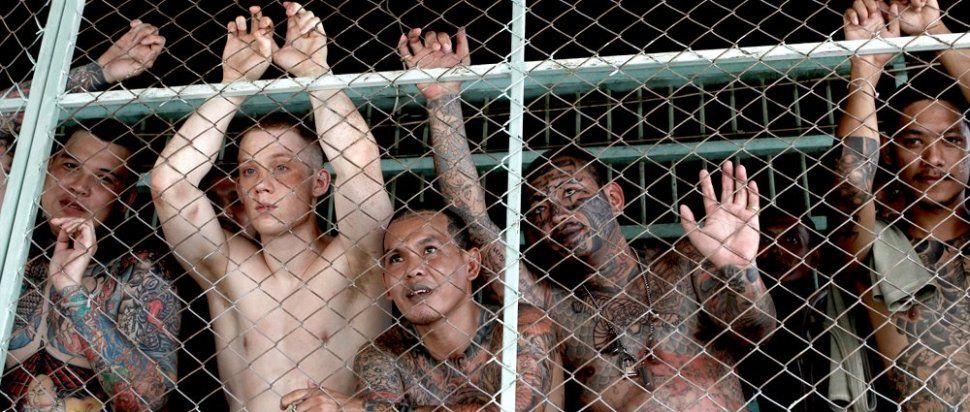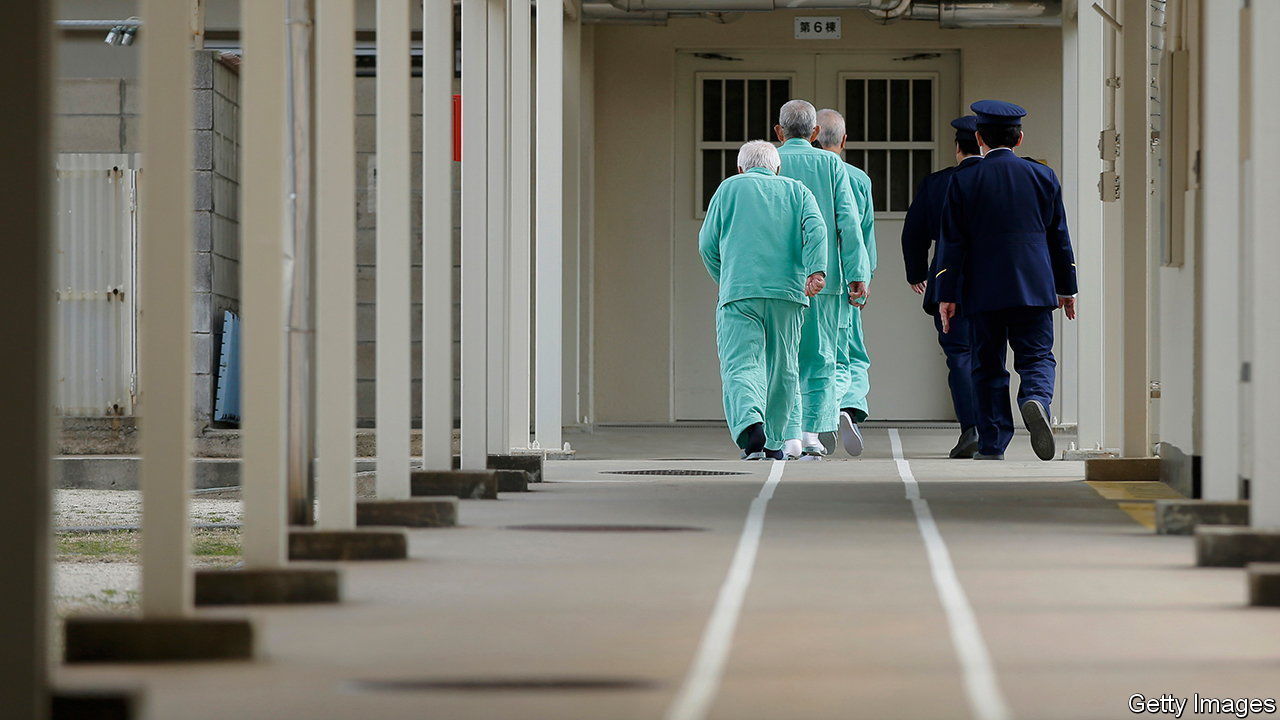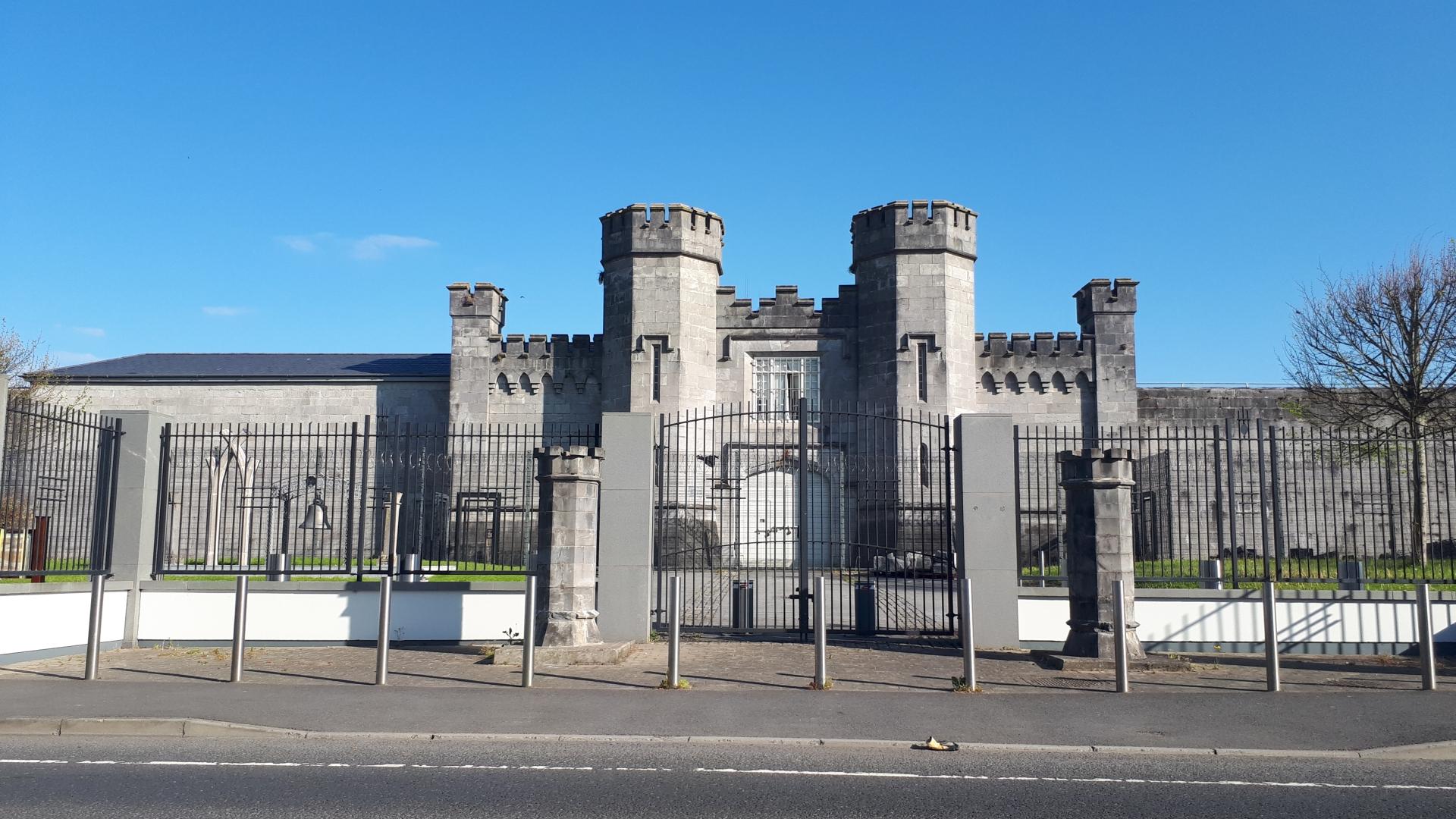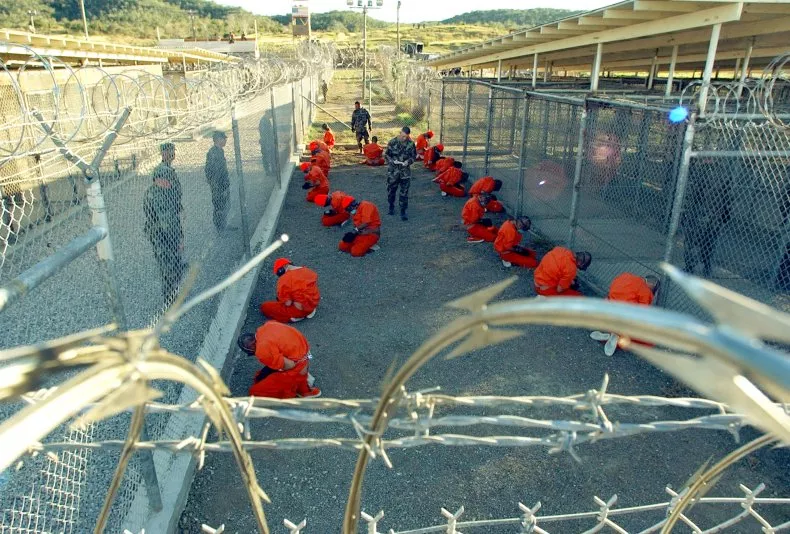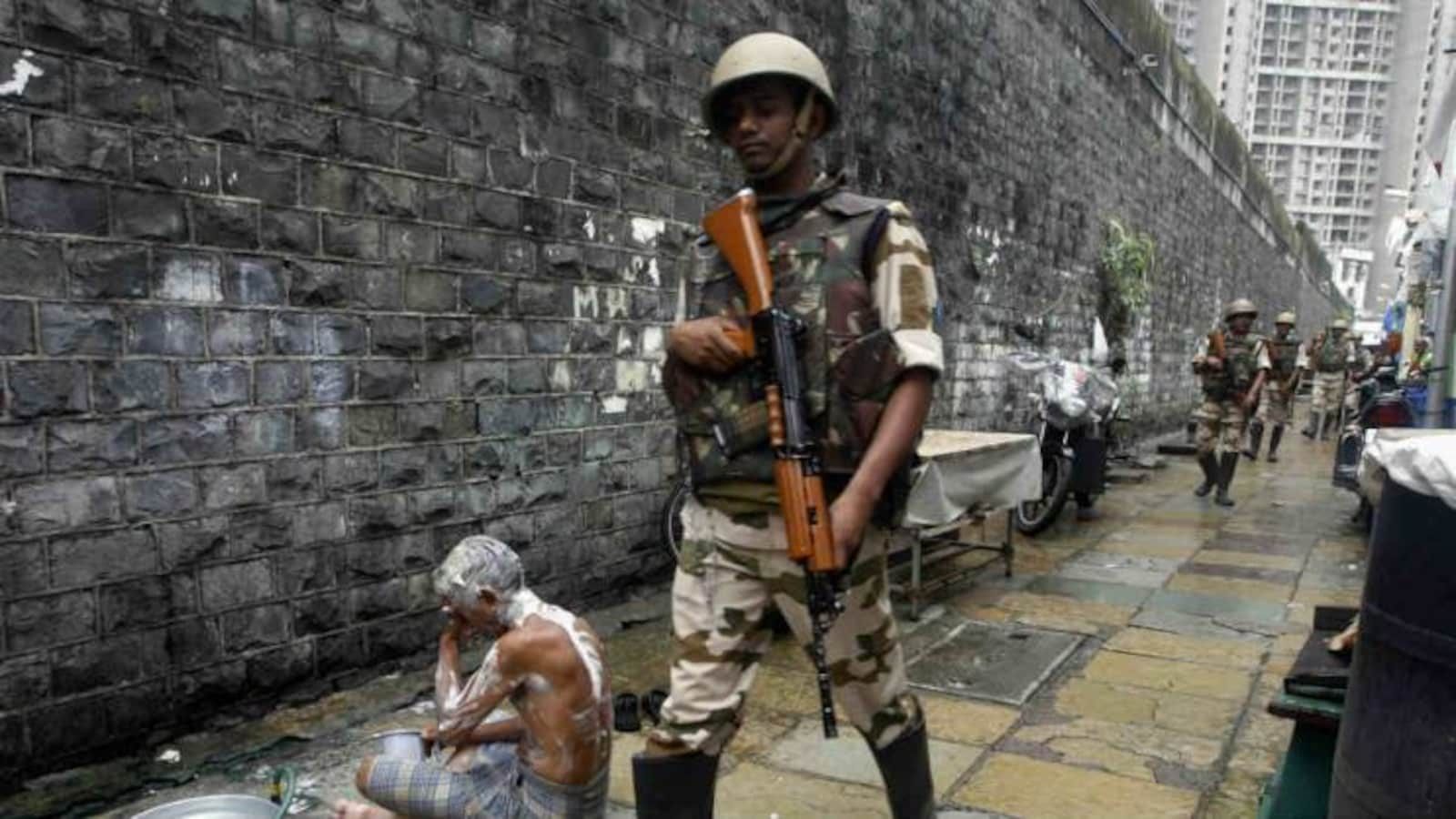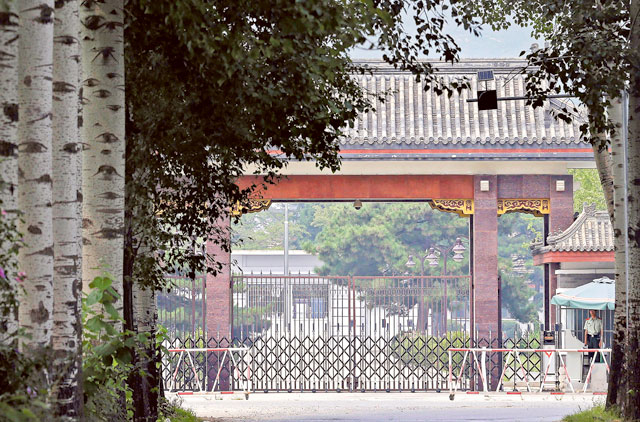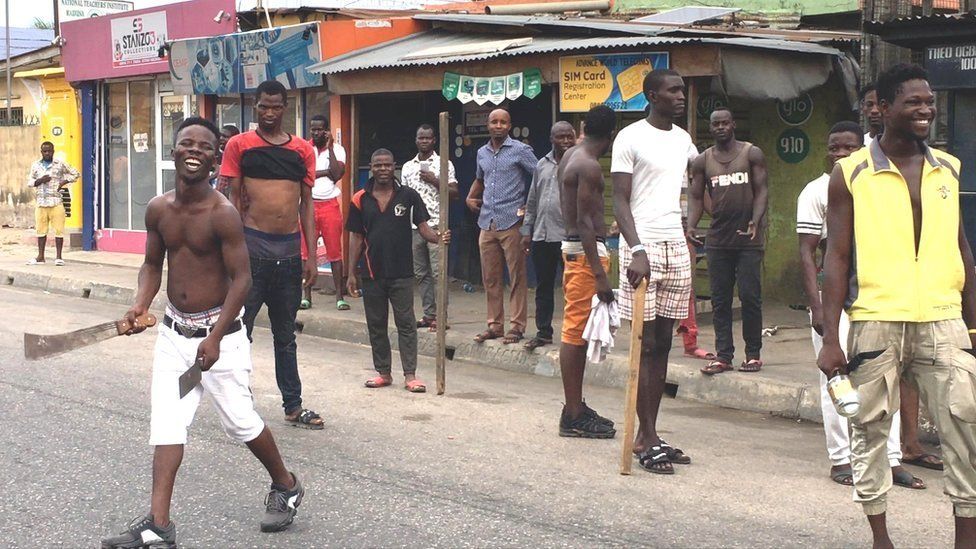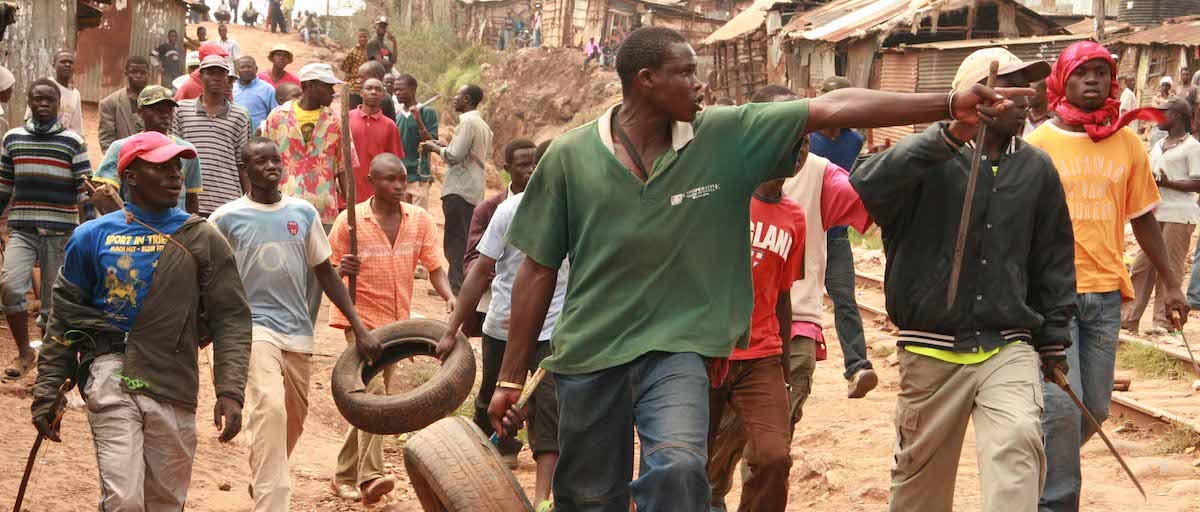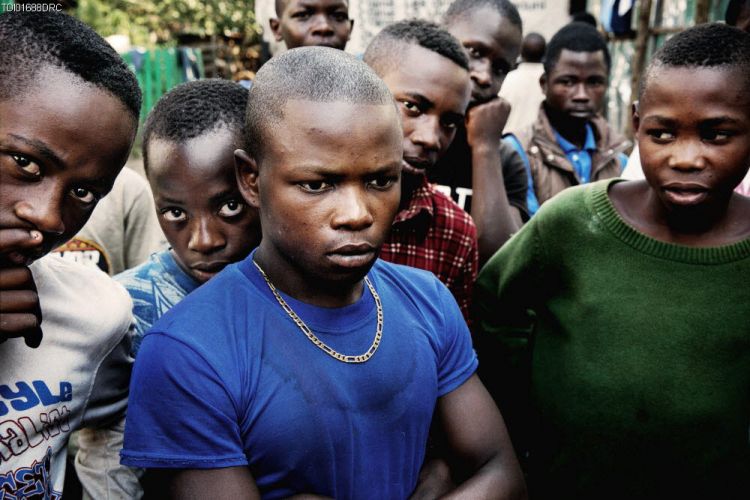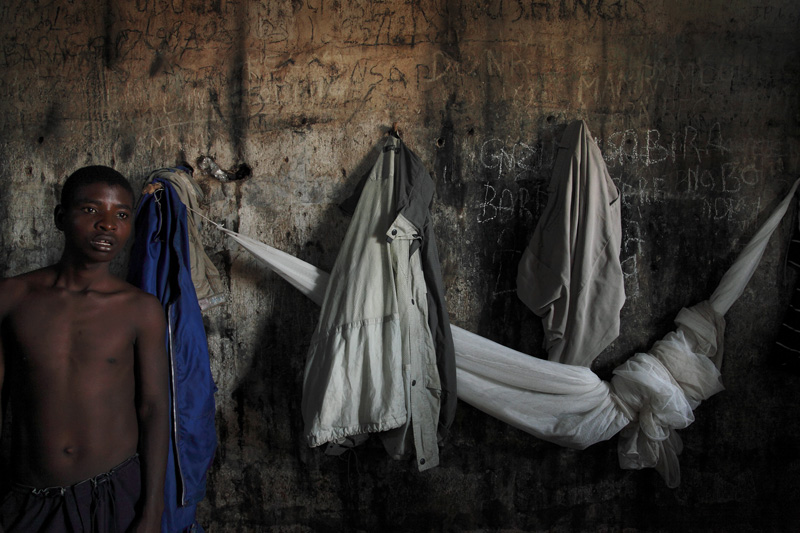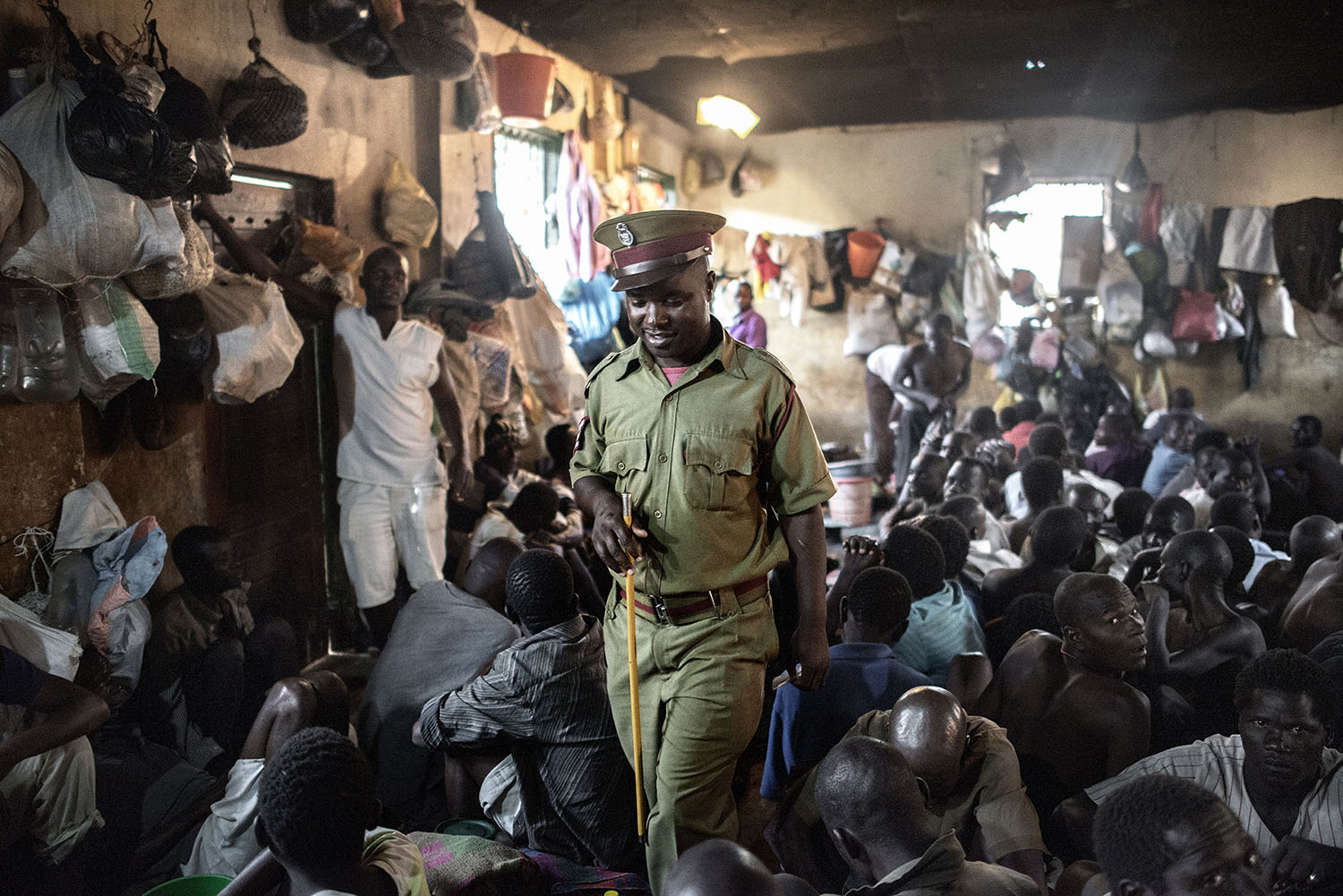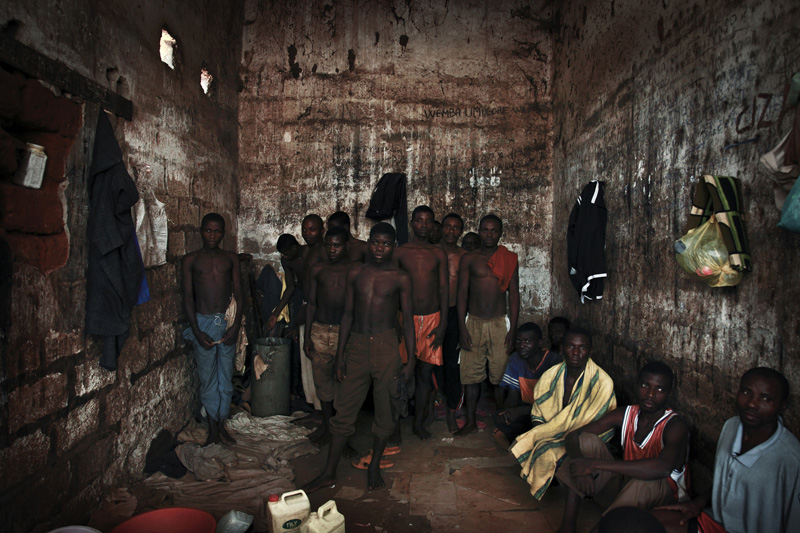World
Spiritual Artifacts -real or not?
Spiritual Artifacts -real or not?: Items that are thought to have spiritual effects are known as Spiritual Artifacts. They frequently have…
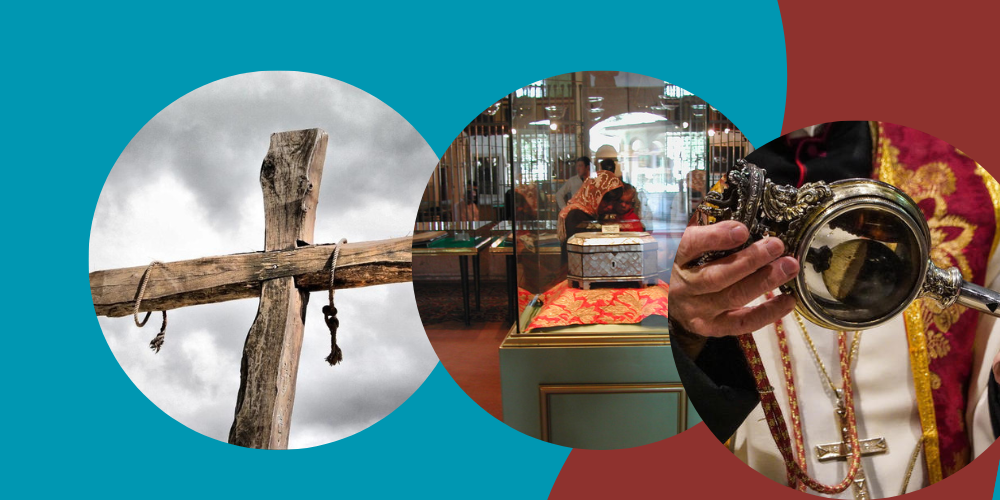
Spiritual Artifacts -real or not?: Items that are thought to have spiritual effects are known as Spiritual Artifacts. They frequently have a connection to a god or other revered person. Artefacts are typically tangible things that were made by humans. These items can be vital because they provide us with historical information. They shed light on the lives of those who lived before us, as well as their culture and worldviews.
An icon is the most typical type of religious artefact. These are concrete examples of what the divine entails. The Torah in Judaism and the icon of Jesus Christ in Russia are two of the most well-known icons. Other examples include sacred texts, artwork, and sculptures that reflect religious characters, relics, locations, or events, among others. So many believe that these artifacts however hold some kind of spiritual power. Here are some globally known spiritual artifacts
1. The Shroud of Turin
Millions of people have visited the Italian city of Turin because of the Shroud of Turin, a 14-foot (4.3 m) long piece of yellowed linen that some claim to be the burial garment of Jesus. The Shroud depicts a crucified man with wounds resembling those that Jesus sustained. Still, carbon-dating studies conducted in 1988 revealed that the cloth was manufactured between 1260 and 1390, indicating that it was not old enough to have been used to shroud Christ’s body. The test results, however, have not deterred pilgrims from thronging to the shroud this month for its first public viewing since 2000 to have their 3- to 5-minute views at it. The exams, according to others, may have been biased and should be redone.
2. Mary’s holy belt
Thomas the Apostle is said to have received Mary’s hand-woven camel hair belt from Mary immediately before she went to heaven. In the fourteenth century, the belt traveled to Prato, Italy, where a unique chapel was built to store it. The Sacra Cintola belt is now venerated as a relic of the Virgin Mary and is on exhibit five times a year (Christmas, Easter, May 1, August 15, and the day after Mary’s birthday, September 8).
3. The blood of san Gennaro
On the anniversary of the martyrdom of San Gennaro, the patron saint of Naples, Italy, people come together every year to see a miracle: the liquefaction of the saint’s dried blood. The miracle happens on September 19 every year, as well as up to 18 extra times. The fact that experts have questioned the phenomenon has never stopped the party. Many people think that the so-called miracle of the blood shields the town from danger (like the nearby Mount Vesuvius). This notion has gained some credence in years when horrible things have occurred and the blood hasn’t liquefied, as seen by the plague of 1527, the 1980 earthquake, and even Napoli’s defeat in soccer.
4. Muhammad’s beard
Muhammad’s beard, which is thought to have been removed from his face by his favorite barber after his death, is currently on display at the Topkapi Palace Museum in Istanbul, Turkey. Many people visit the museum each year to view its vast collection of objects, which includes the Prophet’s footprints and other objects connected to Muhammad, despite the fact that relics have no official sanction in Islam and the Prophet himself forbade worshiping anybody other than God.
5. The Cross of Jesus
A religious emblem that has been around for millennia is the cross of Jesus. There are numerous objects that claim to be Jesus’ Cross. The two most well-known claims are made by the Holy Cross in Rome and the True Cross in Jerusalem, both of which are crosses fashioned from wood that was allegedly found at the site of Jesus’ crucifixion.
Saint Helena is said to have discovered the True Cross when she followed biblical instructions and discovered three crosses on Mount Calvary. The True Cross has a lengthy inscription that included both Greek-looking letters and some Hebrew symbols. It is believed to be one of the first crucifixes used to execute Jesus.
6. Treasures on Copper Scrolls
The Copper Scroll was discovered next to the Dead Sea Scrolls, in a cave close to Qumran. It is carved with old Hebrew and made of copper. Because it is written in the manner of The Book of Numbers, it is uncommon. The scroll mentions gold and silver as part of the treasure. The scroll includes in-depth descriptions of 64 hidden treasure spots. Researchers at Brigham Young University (BYU) in Provo, Utah recently completed the first English translation of the Copper Scroll.
READ ALSO:
World
The 10 Most Secure Prisons In The World
In this article, we will explore, the 10 most secure prisons in the world, known for their high-tech fortifications and cutting-edge security measures,
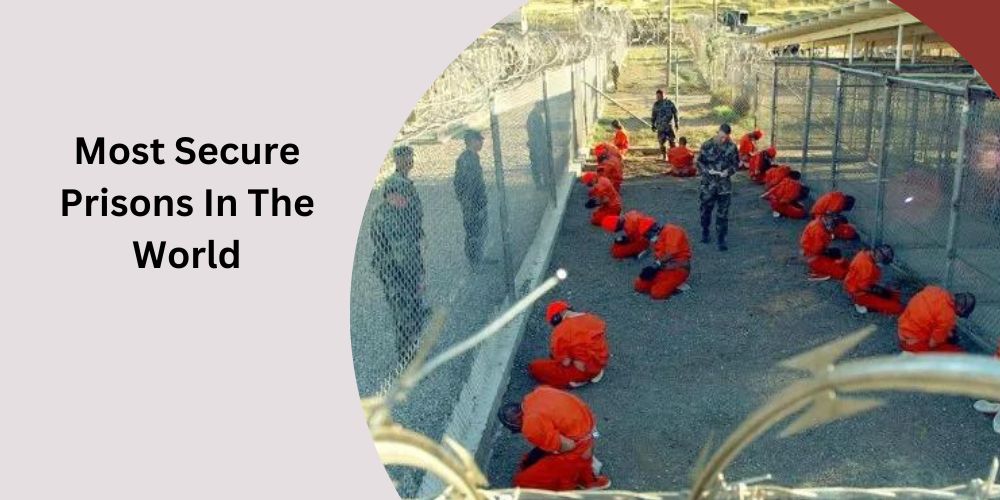
The prison system is a place of punishment, for people and criminals who have committed offenses ranging from minor infractions to serious felonies. It is also a place for deterrence, retribution, and rehabilitation of the most dangerous members of society. In this article, we will explore, the 10 most secure prisons in the world. These facilities are not merely corrections institutions; they are high-tech fortifications equipped with cutting-edge security measures, state-of-the-art surveillance systems, and stringent protocols to ensure the confinement of inmates who pose significant risks to society.
1. ADX Florence (United States)
ADX Florence, or the United States Penitentiary Administrative Maximum Facility, is a federal supermax prison located in,Colorado, USA. It is often considered one of the most secure and restrictive prisons in the world and was designed to house the most dangerous and high-profile criminals in the United States federal prison system.
Inmates at ADX Florence are held in solitary confinement for the majority of their sentences. They spend approximately 23 hours a day in their cells, with limited human contact. The facility is also equipped with advanced surveillance technology, including motion detectors, cameras, and sensors, to closely monitor inmate activity and minimize the risk of escapes.
2. Black Dolphin Prison (Russia)
Black Dolphin Prison, officially known as Federal Penal Colony No. 6, is a high-security prison in Sol-Iletsk, Orenburg Oblast, Russia. The facility is renowned for being one of the most secure prisons in the world. It is designed to house the country’s most dangerous and violent criminal, who are subjected to subjected to strict isolation measures and surveillance.
The prison is located in a remote area, adding an extra layer of security and making escape attempts extremely challenging. It also employs rigorous security protocols, including multiple security perimeters, electronic surveillance, and a team of highly trained guards. The prison has faced scrutiny for its harsh conditions and the treatment of inmates.
3. HMP Belmarsh (United Kingdom)
His Majesty’s Prison Belmarsh, commonly known as HMP Belmarsh, is a high-security prison located in South East London, United Kingdom. It is operated by His Majesty’s Prison Service and is one of the most secure prisons in the world. The prison has been called “Britain’s Guantanamo Bay” due to the long-term detention of terrorism suspects without charge
Belmarsh is designated as a Category A prison, indicating its status as a high-security facility. It primarily holds male adult prisoners, including those considered high-risk, high-profile, or involved in serious criminal activities. The facility equipped with various preventive measures to deter escapes, including perimeter security, surveillance cameras, and secure cell designs.
4. La Santé Prison (France)
La Santé Prison is a correctional facility located in Paris, France. It is one of the most well-known and historically significant prisons in the country. It also one of the most secure prisons in the world, featuring high measures of fortification to prevent escapes and maintain order within the facility. The prison has undergone renovations and updates to enhance its security features.
The prison accommodates both male and female inmates, including several high-profile individuals. However it has faced criticism and controversy, particularly regarding issues related to overcrowding, unsanitary conditions, and concerns about the treatment of inmates. Efforts have been made to address these issues through various reforms.
5. Bang Kwang Central Prison (Thailand)
Bang Kwang Central Prison, often referred to as the “Bangkok Hilton,” is a notorious maximum-security prison located in Nonthaburi Province, Thailand. The facility is one of most secure prisons in the world and is reserved for inmates convicted of serious crimes, including drug trafficking, violent offenses, and capital crimes.
Bang Kwang Central Prison has also gained a reputation for its strict and often harsh conditions. Inmates are subjected to rigorous discipline, limited freedoms, and challenging living conditions.They adhere to a strict daily routine that includes work assignments, educational programs, and limited recreational time.
6. Fuchu Prison (Japan)
Fuchu Prison is a high-security prison located in the city of Fuchu, a western suburb of Tokyo, Japan. It is one of the largest and most secure prisons in the world. The facility is equipped with advanced security measures to ensure the confinement of inmates, particularly those considered high-risk or involved in serious criminal activities.
Aside from the various security measures, including surveillance cameras, secure perimeters, and controlled access points employed by the prison guards. Inmates at Fuchu Prison are expected to adhere to a strict daily routine, and any deviation from the rules can result in disciplinary measures. The prison emphasizes maintaining order and discipline within its walls
7. Portlaoise Prison (Ireland)
Portlaoise Prison, officially known as Midlands Prison, is a high-security prison located in Portlaoise, County Laois, Ireland. It was designed to hold inmates convicted including violent crimes and terrorism-related activities. The facility employs various security protocols, including surveillance, controlled access points, and perimeter security, to ensure the security of the inmates.
Portlaoise Prison has historically been associated with the detention of paramilitary prisoners involved in conflicts in Northern Ireland. However, over the years, the prison’s population has diversified to include individuals convicted of various serious offenses. There have been various high-profile and failed attempts to spring prisoners from inside the walls.
8. Guantanamo Bay Detention Camp (Cuba)
The Guantanamo Bay detention camp is a United States military prison within the Guantanamo Bay Naval Base, also referred to as Gitmo on the coast of Guantánamo Bay in Cuba. It was established in 2002 as part of the U.S. government’s response to the September 11, 2001 terrorist attacks and the subsequent War on Terror.
The facility is used to incacerrate individuals were suspected of having ties to terrorist organizations, particularly al-Qaeda and the Taliban and is no doubt one of the most secure prisons in the world. The camp has faced criticism for its conditions, including allegations of torture, harsh treatment and reports of prolonged detention without trial.
9. Arthur Road Jail (India)
Arthur Road Jail is an high security located in Mumbai India. It is the one of the country’s largest and oldest central prison. The facility was Built in 1926 and was originally designed to house 1000 prisoners is home to over 2000 inmates at the moment. The prison spanning over 2 acres was built to be an impenetrable fortress and is no doubt one of the most secure prisons in the world.
Over the years, the prison has been used to house several high-profile sensitive inmates including individuals involved in prominent criminal cases or those facing charges related to terrorism and organized crime Like many prisons worldwide, Arthur Road Jail has faced criticism for issues related to overcrowding, living conditions, and concerns about the treatment of inmates.
10. Qincheng Prison (China)
Qincheng Prison is a high-security prison located on the outskirts of Beijing, China. The prison is known for its use to detain high-profile political prisoners, including former government officials. It is also known for its stringent security measures. Access to the prison is tightly controlled, and the facility is equipped with advanced security systems to prevent escapes.
The facility was built with aid from the Soviet Union in 1958, and was originally used in the detainment of Kuomintang war criminals. The prison boasts of over 5,000 security personnel guarding the most notorious prisoners of the country and the tallest watchtower in the world, looking over a facility that is surrounded by valleys on all sides.
Summary of the 10 most secure prisons in the world
Here is a tabular summary of the 10 most secure prisons in the world
| Rank | Prison | Country |
| 1 | ADX Florence | United States |
| 2 | Black Dolphin Prison | Russia |
| 3 | HMP Belmarsh | United Kingdom |
| 4 | La Santé Prison | France |
| 5 | Bang Kwang Central Prison | Thailand |
| 6 | Fuchu Prison | Japan |
| 7 | Portlaoise Prison | Ireland |
| 8 | Guantanamo Bay Detention Camp | Cuba |
| 9 | Arthur Road Jail | India |
| 10 | Qincheng Prison | China |
Read More:
World
Top 10 Most Dangerous Gangs In Africa
In this article we shall be shedding light on the 10 most dangerous gangs in Africa, their activities, and factors that contribute to their rise.
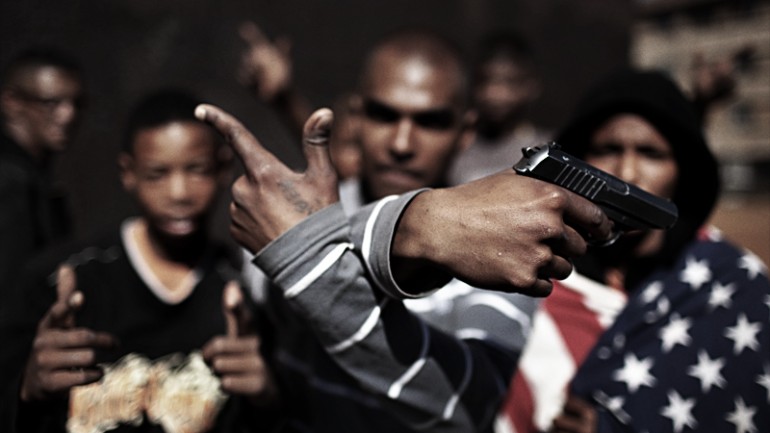
Organized crime in Africa is at an all-time high, thanks to the most dangerous gangs on the continent, who are known for their notoriousness, illicit activities, and culture of Impunity. According to The Organized Crime Index, The Democratic Republic of Congo leads the criminality ranking followed by Nigeria, South Africa, Kenya, and Libya. While the government and different regional bodies are trying as much to quell the rate of criminality in these countries. The gangs and criminal phenomenon in Africa however stems from numerous multifaceted issues such as poverty, unemployment, and political instability. So this article we shall be shedding light on the 10 most dangerous gangs in Africa, their activities, and factors that contribute to their rise.
1. Mungiki (Kenya)
Mungiki is a notorious gang and secretive criminal organization that originated in Kenya, gaining prominence in the late 1980s and early 1990s. The group initially presented itself as a socio-political movement to promote traditional Kikuyu values and resist the perceived marginalization of the Kikuyu community. However, over time, Mungiki evolved into a criminal enterprise involved in various illegal activities, including extortion, racketeering, and violence.
The organization has been implicated in numerous acts of violence, including political unrest, ethnic clashes, and brutal attacks on enemies or rival gangs. They have also been accused of engaging in human trafficking, drug trade, and other organized criminal enterprises, making them a significant security concern for Kenyan authorities. While the Kenyan government has taken various measures to combat the influence of Mungiki, the nature of the group’s operation has made it challenging to eradicate
2. Black Axe (Nigeria)
The Black Axe, sometimes known as the Neo-Black Movement of Africa (NBM), is a secretive and highly organized confraternity that originated in Nigeria. The gang was established in 1976 at the University of Benin, the group initially presented itself as a social and humanitarian organization to foster unity among Nigerian students and promote positive values. However, over time, the Black Axe evolved into a notorious criminal organization involved in various illicit activities, including violence, racketeering, and cybercrime.
The Black Axe has been linked to numerous acts of violence, including clashes with rival groups and involvement in political thuggery. They have also expanded their influence beyond university campuses, infiltrating various sectors of society and engaging in human trafficking, drug trade, and other forms of organized crime. The group is also notorious for its distinct rituals, symbols, and modes of identification. Members often wear black clothing adorned with an emblem consisting of an axe and a helmet.
3. Numbers Gang (South Africa)
The Numbers Gang, also known as the Numbers, 26s, or 28s, is a notorious and highly structured prison gang that originated in the South African penal system. Established in the mid-20th century, the Numbers Gang has earned a fearsome reputation for its strict code of conduct, intricate hierarchy, and involvement in various criminal activities both inside and outside prison walls. These activities include drug trafficking, extortion, racketeering, and violent crimes.
Members of the Numbers Gang are known for marking their bodies with tattoos that reflect their gang affiliation, rank, and personal history. They also contribute to the perpetuation of violence and crime in South Africa, posing a significant threat to both the incarcerated population and society at large. Efforts to combat the influence of the Numbers Gang have proven challenging due to its secretive nature and the difficulty of dismantling the entrenched structures within the prison system.
4. Mocro-Maffia (Morroco)
The Mocro-Mafia is a criminal network of numerous organized crime groups with Moroccan origins, engaged in criminal activities across Europe and Northern Africa. The group in various illicit activities such as drug trafficking, money laundering, and violent crime. They are also considered one of the most dangerous gangs in Africa, thanks to their culture of impunity, complex network of connections, and illicit activities beyond national borders.
Like every group of organized crime, Panya Road members are also involved in numerous acts of violence, including political unrest, ethnic clashes, and brutal attacks on enemies or rival gangs. They have also been accused of engaging in human trafficking, drug trade, and other organized criminal enterprises, making them a significant security concern for Tanzanian authorities. A local report reveals that the Tanzania police are tackling the gang’s menace head-on, regardless of the consequences.
6. Xarardheere Pirates (Somalia)
Xarardheere Pirates is a Somali piracy group notorious for operating in the Indian Ocean. Their name “Xarardheere” is the name of a a coastal town in the Mudug region of Somalia, which serves as the base of their operations. These Somali pirates were known for hijacking commercial vessels, demanding ransoms for the release of ships and crew, and engaging in other illicit activities.
7. Hard Living (South Africa)
The Hard Livings gang is a well-known gang in South Africa, particularly in the Western Cape region. They are considered by many one of the most dangerous gangs in Africa. The gang originated in the 1970s in Cape Town, as a response to socio-economic challenges faced by residents in the area. They were then involved in drug distribution, however as their distribution network grew, they evolved into a structured criminal organization involved in a wide range of criminal activities.
Like many gangs, the Hard Livings are involved in various criminal activities, including drug trafficking, extortion, robbery, and acts of violence. The gang has been known to control certain territories within Cape Town and engage in conflicts with rival gangs. These conflicts and activities have had a significant impact on the communities where these gangs operate. Innocent residents often become victims of violence, and the presence of gangs contributes to a cycle of crime and fear.
8. Zaraguinas (Central African Republic)
Zaraguinas is a loosely organized criminal gang in the Central African Republic. According to Human Rights Watch, the group over the years has constituted the single greatest threat to civilians in the north of the country. According to the same report, the goals of the group are purely criminal and decitful tactical such that include hostage-taking, car jacking human and drug trafficking. They are reports of Zaraguinas have killing hostages when ransom demands were not met.
The United Nations estimated that 197,200 people in the north of the country had been displaced due to insecurity, in many cases zaraguina attacks. Zaraguina activities have had a deleterious impact on humanitarian operations in the north of the country, with private transporters contracted by the UN to deliver aid supplies frequently fired upon. Efforts to combat Zaraguinas by the Reepublic’s governement have been challenging due to the adaptability and resilience of these criminal group.
9. Mai-Mai Militias (DRC)
Mai-Mai is a community-based militia group active in the Democratic Republic of the Congo (DRC) that was formed to defend local communities and territory against other armed groups, particularly the invasion of Rwandan forces and Rwanda-affiliated Congolese rebel groups, They have howevr evolved into ne of the most dangerous gangs in Africa exploiting the war to their own advantage by looting, cattle rustling or banditry.
Members of the group typically include armed forces led by warlords, traditional tribal elders, village heads and politically motivated resistance fighters. The group over time have gotten themselves in the conflicts occuring in the Rwanda- Congo region. They have were reported as one of the most powerful forces in the second Congo war, and have been accussed by numerous international and local bodies of war crimes including mass rape and unjustified murders.
10. Les Microbes (Cameroon)
Les Microbes is a criminal gang known for spreading terror in different towns and cities in cameroon. According to local reports, memeber of the groups are usuallya armed with Knives, Cutlasses, blades, stick and other dangerous weapons, when stormed neigbourhood in thier large number, attacking anyone they meet on their way, destroying and looting properties. Thanks to thier method of operation, Les Microbes has gained reputation as one of the most dangerous gangs in Africa.
The Group made their first appearance in 2019 few months after 89-year-old President Paul Biya was re-elected for a seventh term in a controversial election, that sparked protests both in Cameroon and the diaspora. The group in response to the controversial election began carry out constant assault on Douala citizens. While they are numerous accusation of the complicity of the authority in the activities of Les Microbes, the governement have also made effort to curb the activities of the gang.
Read More:
World
Top 10 Most Dangerous Prison Facilities In Africa
This article delves into some of the most dangerous prison facilities in Africa, shedding light on the grim realities faced by inmates
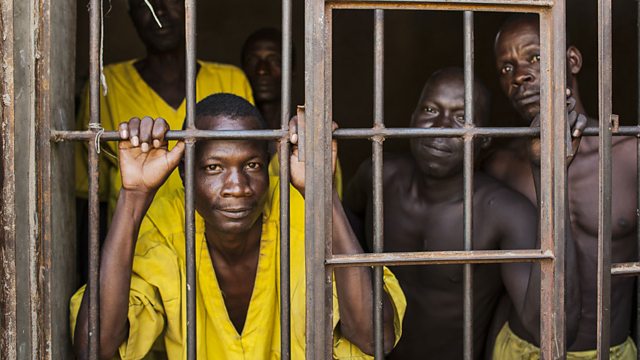
Like everywhere else on the planet, the continent of Africa has its share of criminal elements and criminality. In a bid to quell these elements, national governments across the continent have established numerous prison facilities. However many of these prison facilities have gained notoriety for their harsh conditions and dangerous environments. This article delves into some of the most dangerous prison facilities in Africa, shedding light on the grim realities faced by inmates and the unique challenges faced by the authorities in their attempts to maintain order within these imposing institutions.
1. Black Beach Prison, Equatorial Guinea
Black Beach Prison of Equatorial Guinea grabs the number one spot on our list of the 10 most dangerous prison facilities in Africa. The prison was built in the 1940s during the time of Spanish colonial rule and was used to house common criminals and political opponents, following the country’s independence in 1968.
Black Beach Prison has a reputation for systematically neglecting and brutalizing inmates. Medical treatment is usually denied to inmates and food rations are said to be meager, despite the United Nations Standard Minimum Rules for the Treatment of Prisoners. The facility has also been described as a place of fear, torture, abuse, and humiliation.
2. Mile 2 Central Prison, Gambia
Mile 2 Prison is a penal institution in the West African country of The Gambia that is located on the highway in the capital city of Banjul. Officially known as Central State Prison, the facility is notorious for its harsh conditions, torture by guards, lack of adequate medical treatment leading to the spread of disease, mosquitoes, and forbidden contact with family.
The prison was opened in 1920 by British colonial authorities, It has since then served as a home for juvenile offenders, and high-security prisoners, including those on death row, and other convicted inmates. Torture and other mistreatment are rampant inside the prison’s security wing with some inmates reporting beatings, not being allowed to leave their cells for months at a time,
3. Kamiti Maximum Security Prison, Kenya
Kamiti Maximum Security Prison is a prison in Nairobi, Kenya, and one of the most dangerous prison facilities in Africa. The Prison was established in 1955, by the British colonial administration, which used the facility to hold and execute political opponents, with anti-colonial sentiments, including the prominent Mau Mau rebel leader Dedan Kimathi.
Since the 1960’s the Kamiti Maximum Security Prison has become infamous for poor conditions and inhumane treatment. The prison was built for 1400 prisoners, it now houses over 3600 in poor living conditions and has no reliable water supply. The prison’s “G” block is famed for its particularly brutal lifestyle, characterized by predatory sodomy and mobile phone confidence tricksters.
4. Bamako Central Prison, Mali
Mali’s notorious Bamako Central Prison is fourth among Africa’s top 10 most dangerous prison facilities. The prison was built by French colonial authorities in 1951, the prison was designed for 400 inmates but currently holds over 2000 people. Like many of the facilities on this list, Bamako is notable for torture, cruel, inhuman, or degrading treatment or punishment.
5. Kirikiri Maximum Security Prison, Nigeria
Nigeria’s infamous Kirikiri Maximum is no doubt one of the most dangerous prison facilities in Africa. The prison was established in 1955 in Lagos, Nigeria as part of the Nigerian Correctional Service, with an initial capacity of 1056 inmates. The facility is also infamous for its overcrowding, inadequate facilities, and reports of violence.
Just like many other prison facilities on this list , The Kirikiri mazimum security prison is well known for its notorious degrading treatment of prisoners, horrible living, sub-standard medical care, and a high death rate.
6. Chikurubi Maximum Prison, Zimbabwe
Chikurubi Prison is a maximum security prison in Zimbabwe and one of the most dangerous prison facilities in Africa. The facility is located on the outskirts of the country’s capital, Harare, and is notorious for alleged mistreatment and human rights abuses. It is also known for its overcrowding and poor sanitary conditions.
According to reports, the facility presently houses a total population of 17,000 prisoners both male and female, the majority of whom spent their entire day locked up and few leisure possibilities. Historically Chikurubi Maximum Prison has also housed some notable prisoners such as Roy Bennett, Simon Mann, and Hopewell Chin’ono, among others.
7. Gitarama Prison, Rwanda
Gitaram Prison has not just gained notoriety as one of the most dangerous prison facilities in Africa but in the world. It has been described by numerous publications as one of the worst places on earth. The facility with just 600 capacity was established to hold prisoners who have committed genocide-related crimes and is now filled with over 7000 convicted felons.
Due to the overwhelming numbers of inmates, most spend their time standing due to the lack of space. According to reports, approximately 7 to 8 inmates die daily because of the deplorable living conditions. Even though human rights organizations have tried to protest and bring change to the facility none of their efforts has been successful.
8. Makala Central Prison, Democratic Republic of the Congo
Makala Central Prison, also known as the Kinshasa Penitentiary was originally established as a detention center. It has however grown to be one of the most dangerous prison facilities in Africa. The facility which is the largest prison in the DRC, was built during the Belgian colonisation in 1957 to accommodate 1,500 prisoners it now hosts almost 13,500.
Aside from its obvious overcrowding problem, Makala Central Prison is also known for its lack of resources and the poor living conditions of the prisoners. A news report by Pan African Vision reveals that over 500 prisoners died at Makala Central prison in 2023 as a result of deplorable living conditions and authoritative violence.
9. Port-au-Prince National Penitentiary, Haiti
The National Penitentiary of Haiti in Port-au-Prince is no doubt one of the most dangerous prison facilities in Africa. The facility is one of the not-so-few African prisons to appear on the Human Rights Watch list for extreme human rights violations that characterized the whole operation of the facility.
The National Penitentiary in Port-au-Prince was built in 1915. The penitentiary was originally designed to hold a maximum of 800 prisoners and was expanded in 1997 to accommodate an additional 400 inmates, but now hold over 11,400 inmates. Aside from the obivious overcrowding issue, the facility is also stuck with unsanitary conditions, and limited resources.
10. Pollsmoor Prison, South Africa
Pollsmoor Prison, officially known as Pollsmoor Maximum Security Prison, is located in the Cape Town in South Africa. Pollsmoor is a maximum security penal facility that continues to hold some of South Africa’s most dangerous criminals. Although the prison was designed with a maximum capacity of 4,336 offenders attended by a staff of 1,278, the current inmate population is over 7,000.
The Facility is not only overcrowded but also charcterized by gangsterism As such, there are numerous cases of violence using crude weapons among inmates. They are also cases of sexual violence. Besides, due to overcrowding, communicable diseases spread rapidly, resulting in the death of some of the inmates.
Read More
-

 Education8 months ago
Education8 months agoCommonwealth Scholarship 2023
-
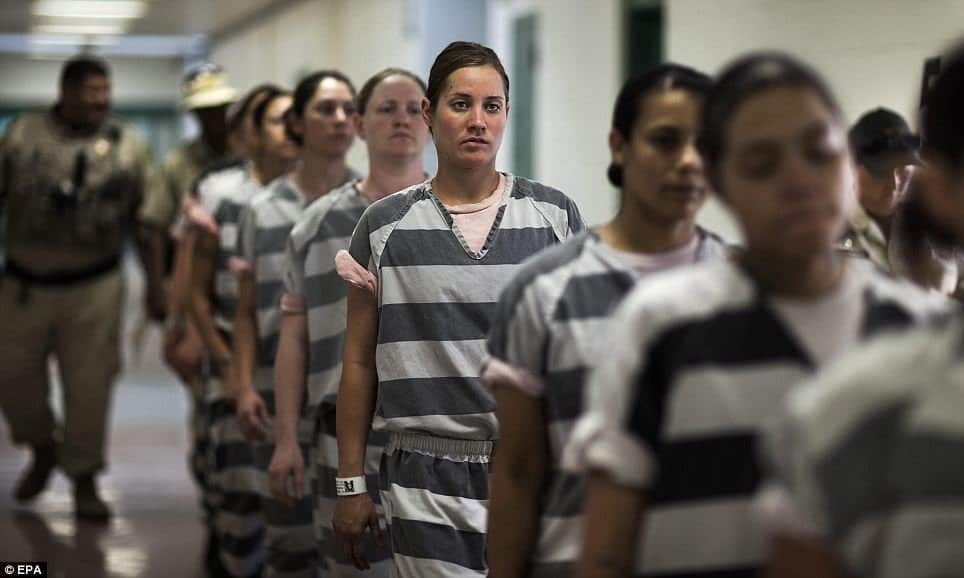
 World9 months ago
World9 months ago10 Most Dangerous Female Prisons In The World
-
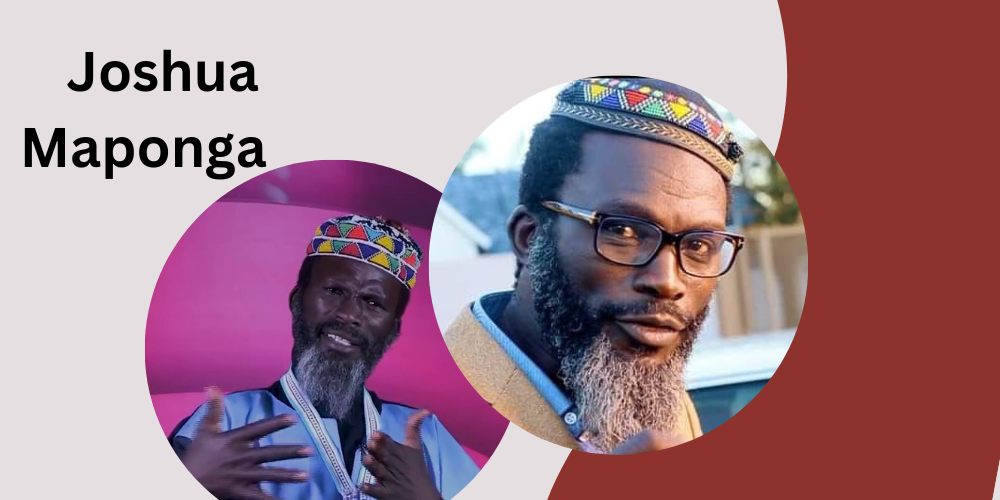
 Entertainment1 year ago
Entertainment1 year ago10 facts you didn’t know about Joshua Maponga
-

 Sport2 years ago
Sport2 years agoImportant facts you should know about African Countries Going for The 2022 FIFA WORLD CUP IN QATAR.
-
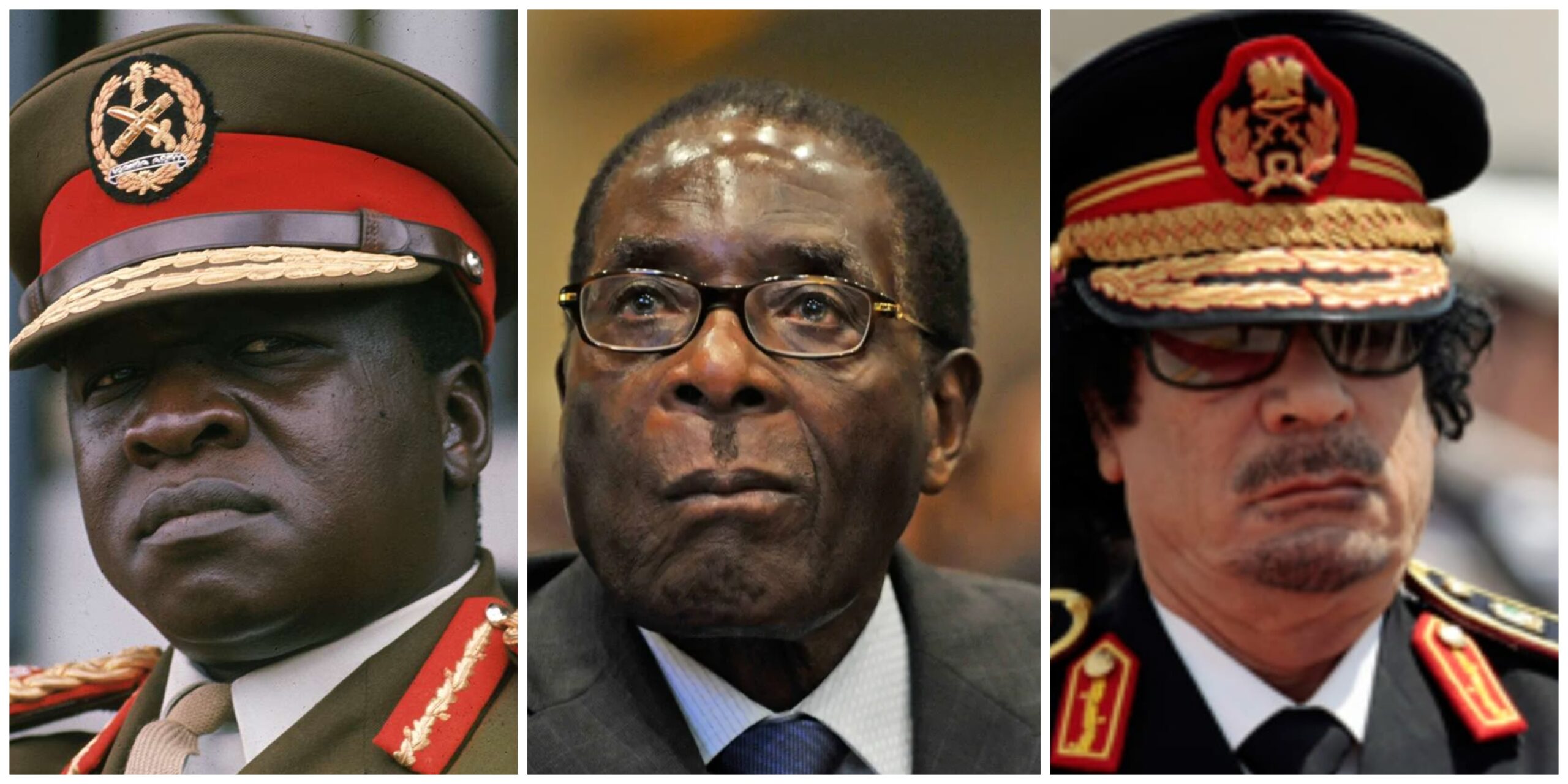
 History11 months ago
History11 months ago10 Most Brutal African Presidents In History








